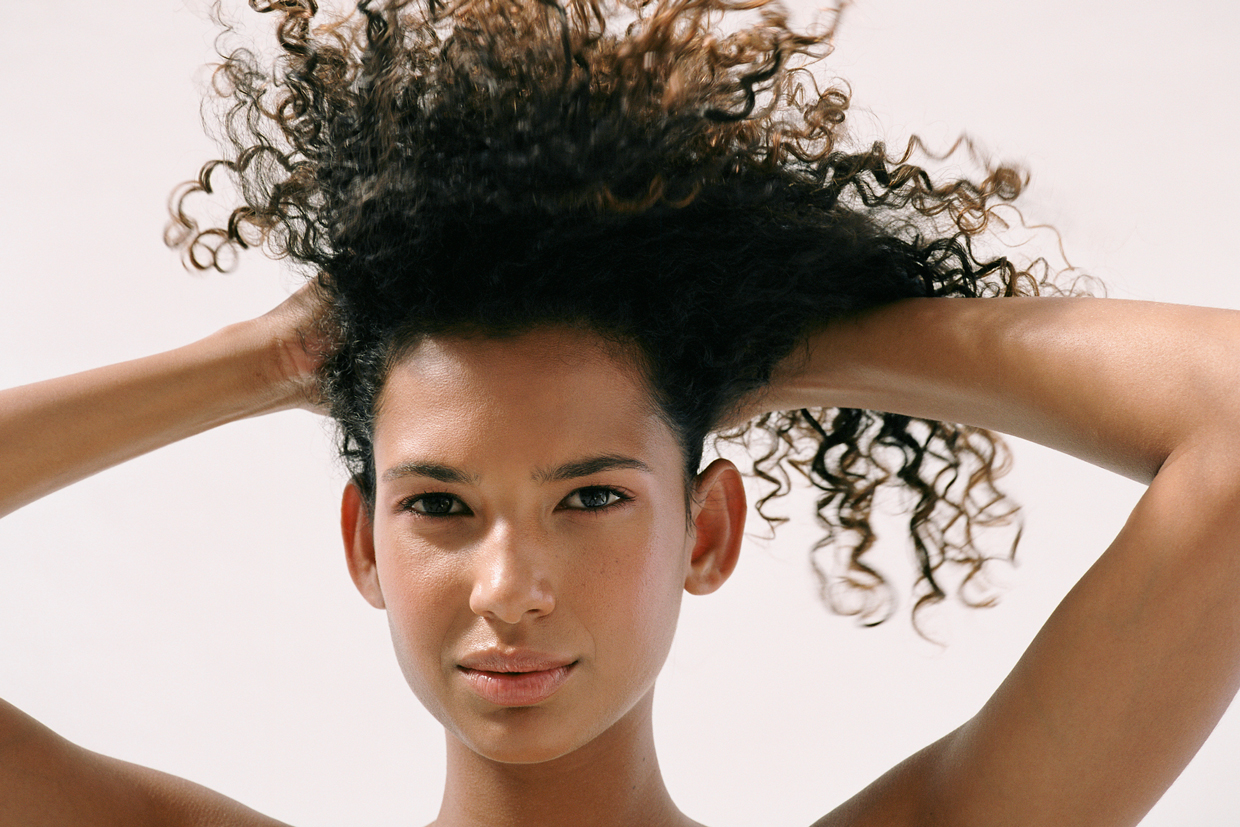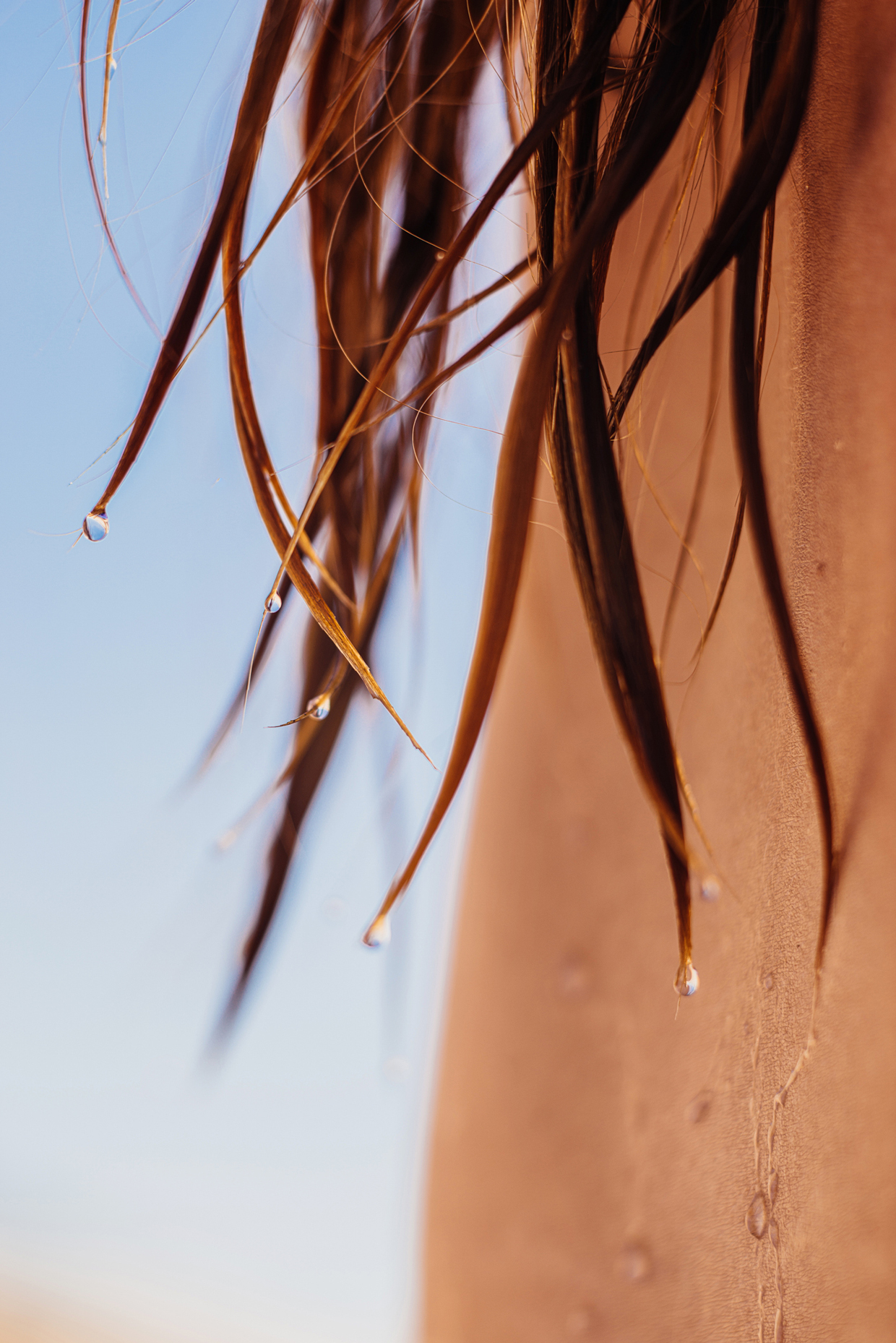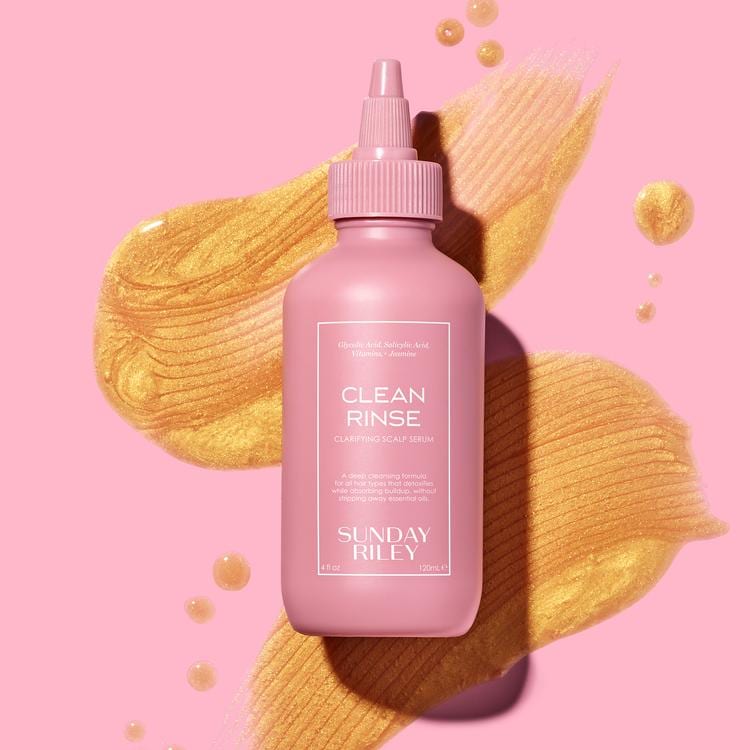For years, I was convinced my chronically dry hair was the sole fault of my flat iron. (I blame attending high school in the early aughts for the hot tools addiction.) But years later, when I swore off the flat iron and started embracing my natural waves, I was confused: My hair still felt impossible to moisturize. What I didn’t realize at the time, was that my strands’ parched state likely had little to do with my styling routine and everything to do with my hair’s porosity.
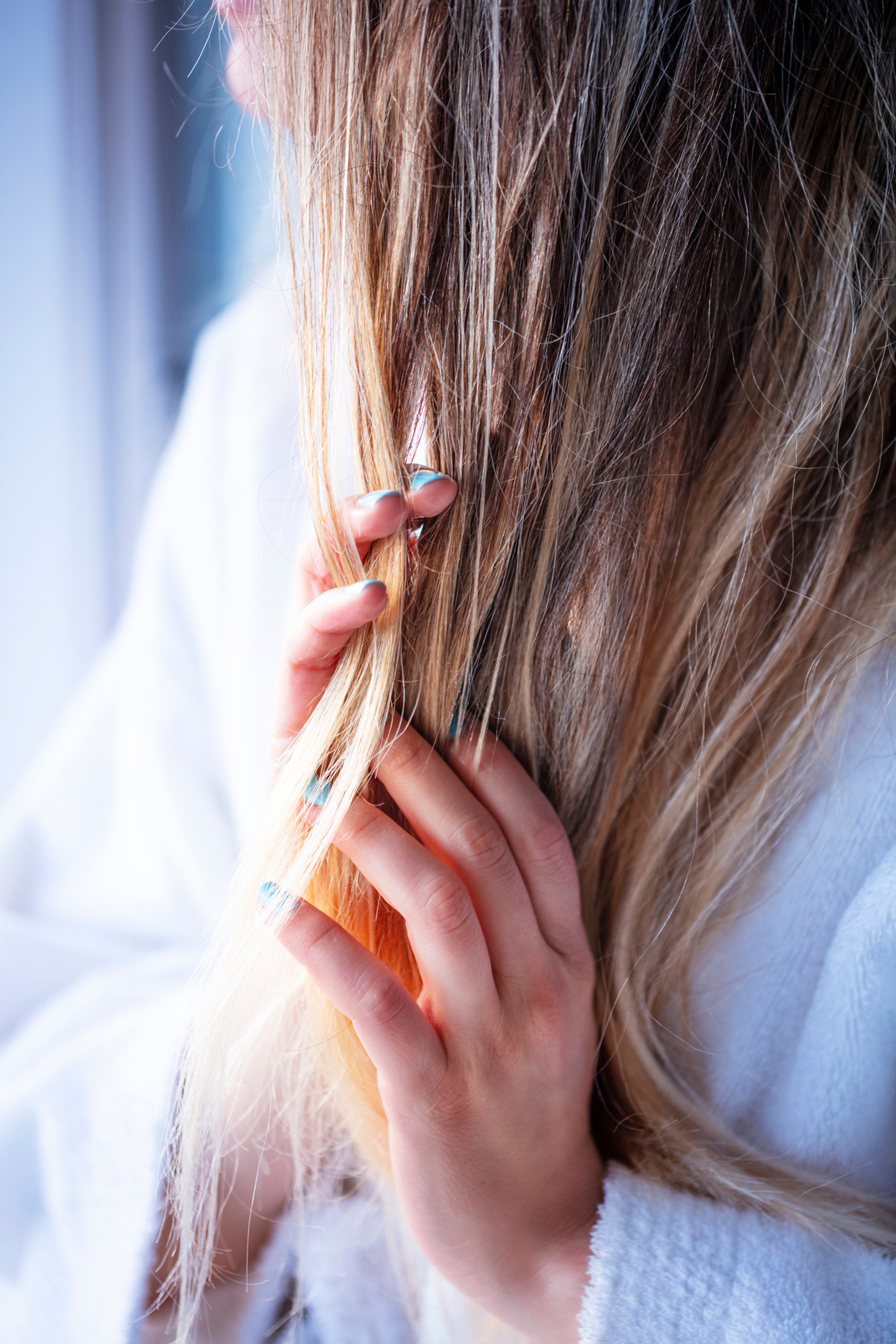
Low Porosity Hair vs. High Porosity Hair
Porosity is a measure of how well — or not — your hair is able to retain moisture. “And by moisture, we mean both water and oil,” says Jennifer Covington-Bowers, a hairdresser at Hairstory.
Your hair’s porosity is determined by the cuticle — the exterior layer of your hair, which looks a bit like overlapping scales under a microscope. When your cuticle layer is loosely structured, it’s considered high-porosity hair and moisture can move relatively freely in and out. When those protective scales are tightly overlapped, the hair is considered low porosity. “Low porosity hair is moisture-resistant because the cuticle layer is so tightly closed that water molecules are too big to penetrate the hair shaft,” Covington-Bowers explains.
So, how do you figure out if your hair structure is low or high porosity? Luckily, you don’t need a microscope. There’s a few simple strand tests you can do in your bathroom.
The Sink or Float Test
This one is pretty self-explanatory: Take a strand of hair from your brush and place it in a glass or bowl of water, which should be room temperature, Covington-Bowers says. If your hair sinks right away, it’s absorbing moisture quickly, meaning it’s high porosity. If it floats on top, it’s not taking any water in, meaning it’s low porosity hair. If it hangs around somewhere just beneath the surface, that suggests medium porosity hair.
The Spray Bottle Test
If the single strand of hair floating in a glass doesn’t sound appealing, you can also test your hair’s porosity using a spray bottle. Hold a few strands away from your head and spray. Watch what happens: If droplets “sit on the surface in beads,” you’re looking at low porosity hair but “if the water is quickly absorbed, you’re in the high porosity category,” Covington-Bowers explains. “If the water stays on the surface for a while and then gets absorbed, this could mean medium porosity,” she adds.
 The Slide Test
The Slide Test
A third, less scientific option is simply to slide a strand of hair between your fingers. “Single out a strand of hair between your thumb and index finger and work your way from the bottom to the top, noticing the texture,” Covington-Bowers says. “If it feels bumpy, this is likely high porosity but if it feels smooth, it’s low.”
One thing to note: Just like you might have different curl patterns and textures in different places on your head, you can also have areas of different porosity. You may want to test a few sections to get an adequate feel.
How to Care for Low Porosity Hair
Other than chronic dryness, the main challenge of having low porosity hair is that it’s prone to product buildup. Since the cuticle layer is functioning as a shield of armor, your styling products are likely just sitting on the strands instead of absorbing into the shaft of the hair. “Product buildup can then come with its own set of problems, depending on the individual,” says Covington-Bowers. Think: greasy roots or hair that feels a little gummy even after you’ve just washed it.
To prevent this, Covington-Bowers recommends starting in the shower. “Focus your efforts on cleansing the scalp and use a sulfate-free product that will aid moisture retention,” she says.
Products that are sulfate-free, silicon-free and detergent-free, like Hairstory’s New Wash Rich or Sunday Riley Clean Rinse Clarifying Scalp Serum, are beneficial for everyone, but especially those with low porosity hair since they’ll remove buildup without stripping your strands of their precious natural oils.
After cleansing, she recommends “steam conditioning.” The technique essentially uses the steam from your shower to help your conditioner penetrate more deeply since it helps open your hair cuticle (as it does with pores) allowing water and other moisturizers to work their way in. After cleansing your hair, step out of the water and crank the heat to create more steam as you apply your conditioner.
Once out of the shower, “it’s important to use products that prevent buildup, so if you use a gel, opt for a lighter one,” Covington-Bowers says. “Lightweight formulas work best and products that are focused on conditioning and nourishment are most beneficial.”
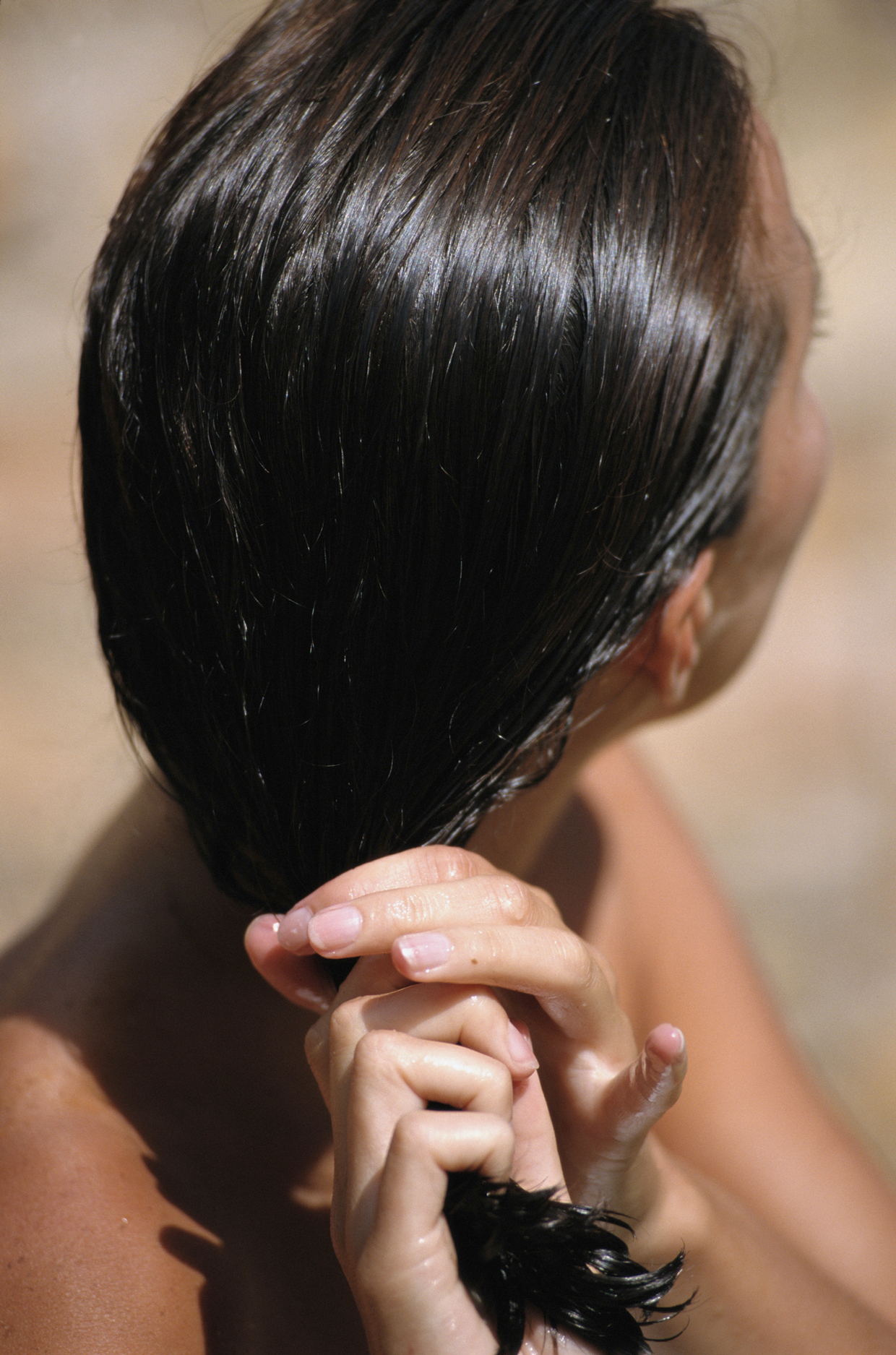
Here’s where reading ingredient labels can come in handy. You want to look for formulas that have moisturizers that can penetrate the hair shaft most easily, Covington-Bowers says. Look for aloe vera, vitamin B5, shea, jojoba oil, and argan oil.
A hair steamer can give you even more of a moisture boost. Just like a facial steamer, a hair steamer creates steam in a way that can be conveniently applied to your hair to open up the hair shaft as you style — in moisture terms, it’s basically the antithesis of my high school flat iron. (They’re also great for refreshing natural curls between wash days.)
Three final pro tips for low porosity hair: Squeeze hair dry instead of towel drying, Covington-Bowers says, help your strands protect their moisture while you sleep by using a silk pillowcase or cap, and drink lots of water to hydrate hair from the inside out.
We only recommend products we have independently researched, tested, and loved. If you purchase a product found through our links, Sunday Edit may earn an affiliate commission.
